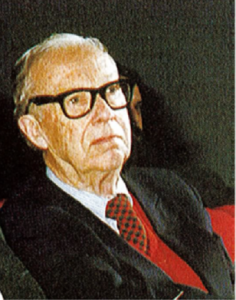
Dr. Karl Folkers, the researcher who established the chemical structure of the Coenzyme Q10 molecule and who developed the biochemical rationale for the use of Coenzyme Q10 as an adjuvant treatment of chronic heart disease, called Coenzyme Q10 the “essential bio-nutrient.”
In this article, I look back over the past 80 q10facts.com articles and pick out my favorites. Together, these articles give a good picture of what I have tried to present on this website: documented results from scientific studies of the absorption, safety, and efficacy of Coenzyme Q10 supplements in the form of ubiquinone. At the present time, there simply is not the same quality or quantity of research results related to the use of Coenzyme Q10 supplements in the ubiquinol form.
Coenzyme Q10’s therapeutic value
This article summarized the clinical research evidence for the use of Coenzyme Q10 as an adjunctive therapy for the following patients:
- heart failure patients
- ischemic heart disease patients
- patients taking statin medications
- patients with high blood pressure
- patients scheduled for heart surgery
- patients with low energy syndrome
Coenzyme Q10: It’s the formulation that’s important!
For the most part, the quality of the Coenzyme Q10 raw material is not the issue. The issue is that the Coenzyme Q10 raw material is difficult to process into a supplement that is going to be absorbed and thus be bio-available. Without absorption and bio-availability to the cells, there to be no beneficial health effect from taking the Coenzyme Q10 supplement. Everything depends on the way in which the producer of the Coenzyme Q10 capsules pre-heats and dissolves the crystalline raw material in vegetable oils and seals the dissolved Coenzyme Q10 molecules inside the gelatin capsules. The key is keeping the Coenzyme Q10 molecules from re-crystallizing. The human body cannot absorb crystals the size of the Coenzyme Q10 crystals. It can absorb Coenzyme Q10 only as single molecules.
Coenzyme Q10 and people taking statin medications
Two things in particular affect the levels of Coenzyme Q10 in the blood and in the tissues: increasing age beyond the age of 20 and the taking of statin medications. The body’s synthesis of Coenzyme Q10 begins to taper off with increasing age in the adult years. As it happens, Coenzyme Q10 and cholesterol are produced in the same biological pathway. The statin medications that block the body’s production of cholesterol also block the body’s production of Coenzyme Q10. Even with reduced cholesterol levels, the body needs adequate levels of Coenzyme Q10 for cellular energy production and for antioxidant defense. There is clinical research evidence for the effectiveness of Coenzyme Q10 supplementation in addressing declines in the body’s own production of the substance.
Notably, Dr. Alehagen et al have shown in the KiSel-10 study that home-living elderly citizens benefit from taking a daily supplement combination of Coenzyme Q10 and selenium. Dr. Pourmoghaddas et al have shown that a combination of atorvastatin and Coenzyme Q10, taken as an adjunctive treatment to conventional treatment for chronic heart failure, increases heart function compared with the use of atorvastatin alone and conventional heart failure treatment.
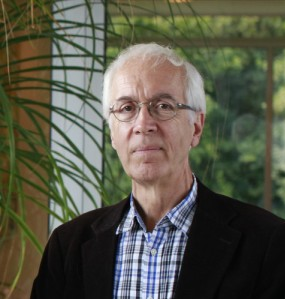
Dr. Svend Aage Mortensen, lead researcher on the Q-Symbio study, believed that chronic heart failure patients suffer from an energy starved heart and need supplementation with Coenzyme Q10.
Coenzyme Q10 in its two forms: ubiquinone and ubiquinol
The as yet unresolved controversy in the field of nutritional supplements is which form of Coenzyme Q10 to take. The solid documented research results showing beneficial health effects – the Morisco study, the Q-Symbio study, the KiSel-10 study, and the Gulf War Veterans study – have all come from studies using the ubiquinone form of Coenzyme Q10. The ubiquinol form has been extensively marketed, often with undocumented or poorly documented claims, and, in some cases, the ubiquinol supplements have contained substances that boost testosterone, leading to confusion as to whether the palpable effect of the supplement comes from the ubiquinol or the other substance.
But we have not seen persuasive randomized controlled studies showing the health effects from ubiquinol supplements that we have seen from ubiquinone supplements. Furthermore, research results indicate that the Coenzyme Q10 in ubiquinol supplements is converted in the stomach and the small intestine to ubiquinone prior to absorption, begging the question of why one should take a ubiquinol supplement in the first place. After all, the absorbed ubiquinone will be converted to the ubiquinol form in the lymph and will be in the ubiquinol form in the blood circulation. When the Coenzyme Q10 passes from the blood to the cells and tissues, it must be converted to ubiquinone for use in the process of cellular energy production. This conversion from ubiquinol back to ubiquinone takes places either through the action of special reductase enzymes or through ubiquinol’s neutralizing of free radicals.
Coenzyme Q10 and selenium best together
Coenzyme Q10 is an essential bio-nutrient, necessary for cellular energy production and for antioxidant defense against harmful free radicals. One theory of heart failure posits that the heart muscle, lacking adequate quantities of Coenzyme Q10, is starved for energy. Daily supplementation of chronic heart failure patients with Coenzyme Q10 for two years led to significant improvement of symptoms and survival in the Q-Symbio study.
Selenium is an essential component of important proteins including the antioxidant enzyme glutathione peroxidases and selenoprotein P. Dr. Urban Alehagen, the lead researcher for the KiSel-10 study, points out that increased oxidative stress is present in heart failure patients and in ischemic heart disease patients. For these patients, Dr. Alehagen suggests that deficiencies of the two antioxidant substances, selenium and Coenzyme Q10, seems to be significant. Supplementation of home-living elderly study participants with a combination of Coenzyme Q10 and selenium resulted in a reduction of death from heart disease, in better heart function, and in lower levels of a bio-marker for heart disease.

Professor Urban Alehagen, lead researcher on the KiSel-10 study, believes that a combination of selenium and Coenzyme Q10 supplements confers special health benefits.
Professor Alehagen posits a special inter-relationship between Coenzyme Q10 and selenium that makes using both substances as an intervention potentially beneficial. In the KiSel-10 study, treatment with both substances led to a reduction in cardiovascular deaths, to better cardiac function, and to lower concentrations of a bio-marker of heart failure.
Coenzyme Q10: Six treatment options
Dr. Svend Aage Mortensen, lead researcher for the Q-Symbio study of Coenzyme Q10 supplementation of heart failure patients, listed and discussed six different treatment modalities for which Coenzyme Q10 can be important:
- Preventative treatment in statin therapy
- Adjunctive treatment of ischemic heart disease and angina pectoris
- Pretreatment for coronary artery bypass surgery or valve surgery
- Adjunctive treatment in arterial hypertension
- Preventative treatment in anthracycline therapy
- Adjunctive treatment in chronic heart failure
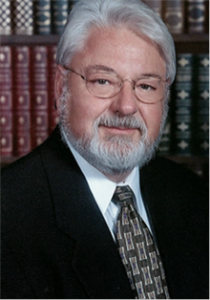
Dr. William Judy, long-time Coenzyme Q10 researcher and former colleague of Dr. Folkers and Dr. Mortensen, marvels at the utility of the redox molecule Coenzyme Q10, co-factor in the energy production process and important fat-soluble antioxidant.
Coenzyme Q10 research results published in bio-medical journals
The research results summarized on the website q10facts.com are results from randomized controlled trials that have been published in scholarly, peer-reviewed bio-medical journals. The website has never been used to present undocumented marketing claims.
Coenzyme Q10: a beautiful substance
Coenzyme Q10 is an essential substance for human health and survival. It is synthesized in the body, but the body’s ability to produce it declines with increasing age in the adult years. It is a redox substance that converts back and forth between its oxidized form, ubiquinone, the form needed for cellular energy production, and its reduced form, ubiquinol, the form needed for antioxidant purposes.
Fortunately, there are well-formulated supplements available that are safe, effective, and affordable. And, bear in mind, it is the formulation of the Coenzyme Q10 capsules that is decisive in the effectiveness of the supplement.
Sources:
Alehagen, U., Johansson, P., Björnstedt, M., Rosén, A., & Dahlström, U. (2013). Cardiovascular mortality and N-terminal-proBNP reduced after combined selenium and coenzyme Q10 supplementation: a 5-year prospective randomized double-blind placebo-controlled trial among elderly Swedish citizens. International Journal of Cardiology, 167(5), 1860-1866.
Alehagen, U., & Aaseth, J. (2015). Selenium and coenzyme Q10 interrelationship in cardiovascular diseases–A clinician’s point of view. Journal of Trace Elements in Medicine And Biology, 31157-162.
Folkers, K., Vadhanavikit, S., & Mortensen, S. A. (1985). Biochemical rationale and myocardial tissue data on the effective therapy of cardiomyopathy with coenzyme Q10. Proceedings of The National Academy of Sciences of The United States of America, 82(3), 901-904.
Golomb, B. (2014, Nov.). Coenzyme Q10 and Gulf War Illness. Neural Computation, 26 (11), 2594-651.
Kalen A, Appelkvist EL, Dallner G. Age-related changes in the lipid compositions of rat and human tissues. Lipids. 1989;24(7):579–584.
Mortensen, S. A., Rosenfeldt, F., Kumar, A., Dolliner, P., Filipiak, K. J., Pella, D., & … Littarru, G. P. (2014). The effect of coenzyme Q10 on morbidity and mortality in chronic heart failure: results from Q-SYMBIO: a randomized double-blind trial. JACC. Heart Failure, 2(6), 641-649.
Singh, R. B.,Niaz, M. A., Sindberg, C. D., Moesgaard, S. & Littarru, G. P. (2005). Effect of oral coenzyme Q10 dosages on serum Q10 and MDA levels among healthy men. Paper presented at the International Coenzyme Q10AssociationMeeting Abstracts, Los Angeles.


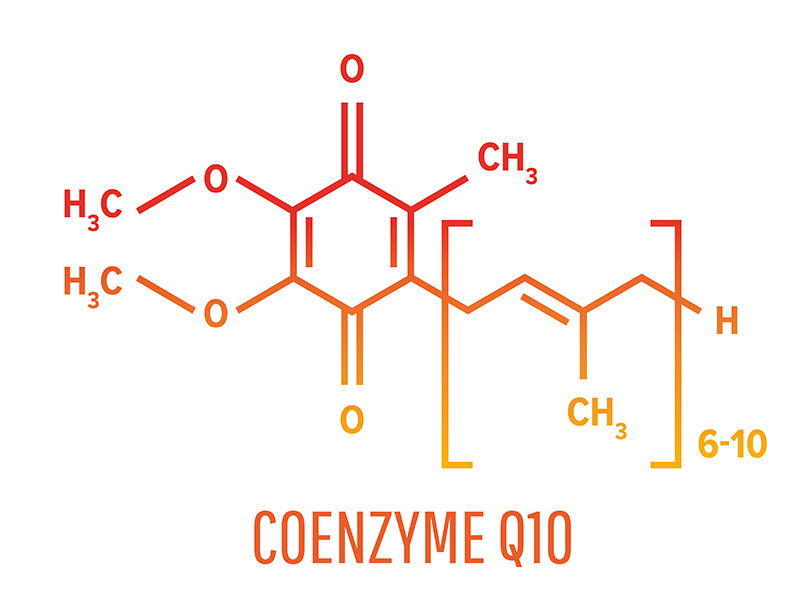
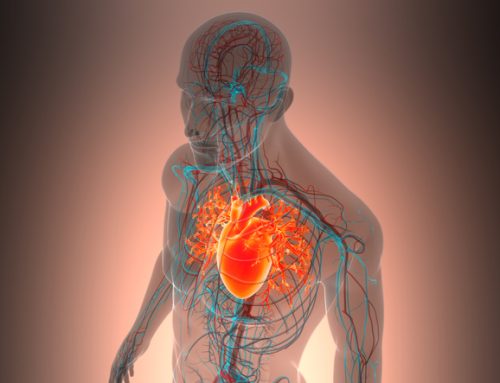



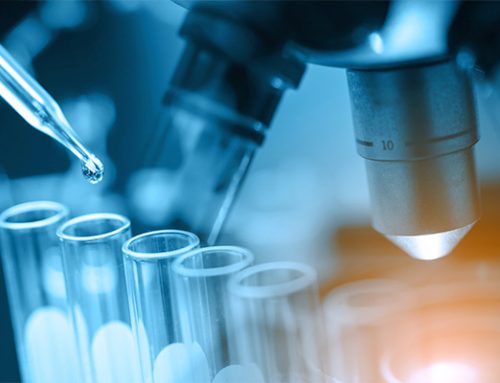

Leave A Comment